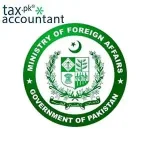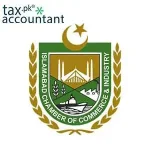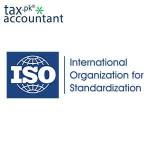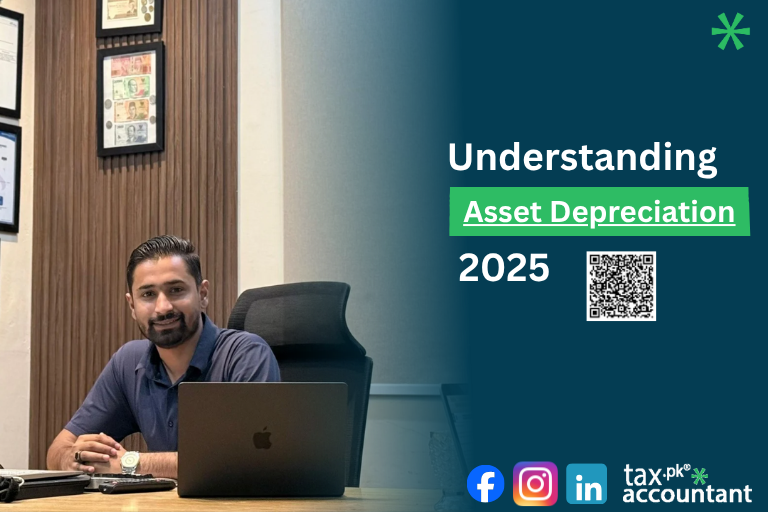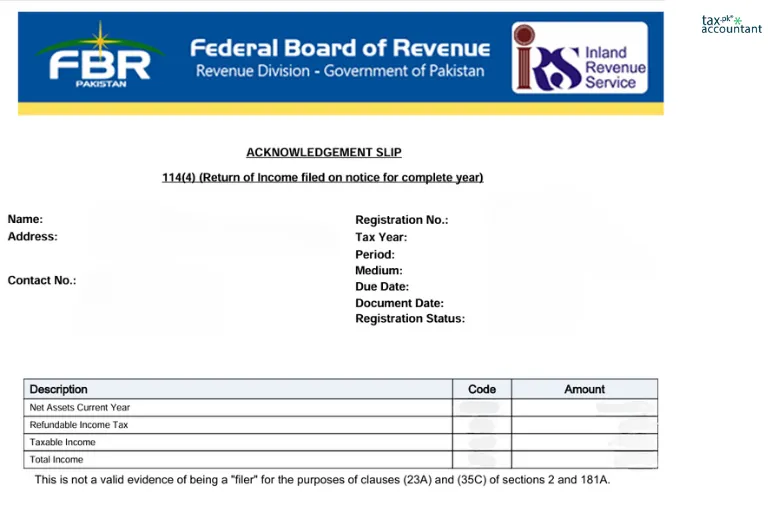
The Rhythm of Revenue: Understanding Your Normal Tax Year in Pakistan
For every individual, business, or entity operating in Pakistan, the concept of a “tax year” is far more than just a date on a calendar. It’s a fundamental cycle that dictates income calculation, expense deductions, tax liability, and crucial filing deadlines. Understanding this annual rhythm is paramount for effective financial management, meticulous record-keeping, and, most importantly, ensuring full compliance with the Federal Board of Revenue (FBR) https://fbr.gov.pk/. While specific deadlines can vary slightly, the structure of a normal tax year remains consistent, guiding millions of taxpayers across the nation, from the bustling markets of Rawalpindi to the corporate towers of Karachi.
What is a Normal Tax Year?
At its core, a tax year is the 12-month period for which an individual or business computes its income and files its tax returns with the tax authorities. It’s the fiscal cycle upon which all tax obligations are based. In Pakistan, the “normal tax year” is universally adopted unless a taxpayer applies for and is granted a “special tax year” by the FBR for specific business reasons (e.g., aligning with an international parent company’s fiscal year).
For most taxpayers in Pakistan, the normal tax year spans from July 1st of one calendar year to June 30th of the following calendar year. For example, the tax year 2024 would refer to the period from July 1st, 2023, to June 30th, 2024. All income earned and expenses incurred within this specific 12-month window are accounted for when determining the tax liability for that particular tax year.

The Cycle of a Normal Tax Year: Key Milestones
Understanding the flow of a normal tax year helps in proactive planning and avoids last-minute rushes. Here’s a breakdown of the typical stages and significant events:
1. Beginning of the Tax Year (July 1st):
The clock officially resets. From this date, all income earned by an individual (salary, business profits, rental income, capital gains) and all revenue generated by a business are considered part of the current tax year’s taxable income. Simultaneously, expenses incurred for generating this income begin to accumulate and are eligible for deduction as per tax laws.
2. Throughout the Year: Income Accumulation and Record Keeping:
This is the continuous phase where income is earned, and expenses are incurred. Effective tax compliance hinges heavily on diligent, ongoing record-keeping. Whether you’re a salaried individual keeping track of your payslips and deductions, or a business maintaining comprehensive ledgers, invoices, and bank statements, accurate records are the backbone of your tax return. Neglecting this throughout the year often leads to significant stress and errors when the filing deadline approaches.
3. Withholding Tax (WHT):
A significant feature of Pakistan’s tax system is withholding tax, which operates continuously throughout the tax year. This means that tax is deducted at source on various payments made, such as salaries, rents, payments to contractors, dividends, and professional fees. The entity making the payment (the withholding agent) is responsible for deducting the tax and depositing it with the FBR. For taxpayers, these withheld amounts are typically adjustable against their final tax liability at the end of the tax year.
4. Advance Tax Payments (for Certain Taxpayers):
Companies, Associations of Persons (AOPs), and individuals with substantial business income are often required to pay “advance tax” in quarterly installments during the tax year. These payments are estimates of their annual tax liability and are designed to ensure a steady flow of revenue to the government. The quarterly due dates for advance tax are generally:
1. September 25th (for the period July 1st to September 30th)
2. December 25th (for the period October 1st to December 31st)
3. March 25th (for the period January 1st to March 31st)
4. June 15th (for the period April 1st to June 30th)
5. Budget Announcement (Typically June, before the New Tax Year):
While the annual Federal Budget is usually presented to the National Assembly in June, its provisions regarding changes in tax rates, exemptions, duties, and new tax measures primarily come into effect from July 1st, marking the start of the *new* tax year. Therefore, while it happens at the end of the current tax year, its impact is felt immediately in the subsequent one. Staying informed about the budget is crucial for forward tax planning.
6. End of the Tax Year (June 30th):
This marks the culmination of the 12-month period for which income and expenses are computed. All financial activities up to this date are included in the current tax year’s calculations.
7. Post-Year-End Activities (July to September/December):
After June 30th, the focus shifts to finalizing financial accounts, reconciling records, and preparing the income tax return. This period involves:
1. Consolidating all financial records.
2. Calculating total income from all sources.
3. Determining eligible deductions and allowances.
4. Calculating the final tax payable or refundable.
5. Obtaining necessary statements and certificates (e.g., WHT certificates from employers/clients).
8. Tax Return Filing Deadline:
This is arguably the most critical milestone. The FBR sets specific deadlines for filing income tax returns. For a normal tax year ending on June 30th:
Individuals and Associations of Persons (AOPs): The general deadline is September 30th of the same calendar year. For example, for Tax Year 2024 (July 1, 2023 – June Normal Tax Year, the filing deadline is September 30, 2024.
Companies: The deadline for companies depends on their accounting period. For companies with a normal tax year ending June 30th, the deadline is generally September 30th . However, for companies with a special tax year ending between January 1st and June 30th, the deadline is September 30th, and for those ending between July 1st and December 31st, it’s December 31st.
9. Issuance of Assessment Orders/Notices:
After a return is filed, the FBR https://fbr.gov.pk/ may process it and issue an assessment order. In some cases, taxpayers may receive notices for clarification, audit, or revised assessment if discrepancies are found.
Why Understanding Your Tax Year Matters
A clear understanding of the normal tax year is fundamental because:
It provides Structure: It defines the exact period for which income and expenses are relevant for a particular tax return.
Facilitates Planning: Knowing the cycle allows for proactive tax planning, enabling individuals and businesses to make informed financial decisions throughout the year to optimize their tax position.
Ensures Compliance: It helps in adhering to deadlines for filing returns and paying advance tax, thereby avoiding penalties and legal complications.
Aids Record Keeping: It highlights the importance of maintaining up-to-date and accurate records corresponding to each tax year.
In conclusion, the normal tax year in Pakistan is a consistent and predictable cycle that underpins the entire tax system. By appreciating its rhythm, understanding its key milestones, and diligently performing the required actions throughout the 12-month period, taxpayers can ensure seamless compliance, contribute effectively to the national exchequer, and manage their financial affairs with confidence and clarity.
For Tax services and updates, subscribe to https://taxaccountant.pk/
About Umair A R Mughal
Umair A R Mughal is a unique professional who seamlessly blends the worlds of technology, finance, and regulatory compliance. With a solid foundation as a Chartered Accountant and a passion for technology, Umair offers comprehensive solutions that cater to the evolving needs of businesses in Pakistan.
View all posts by Umair A R Mughal



